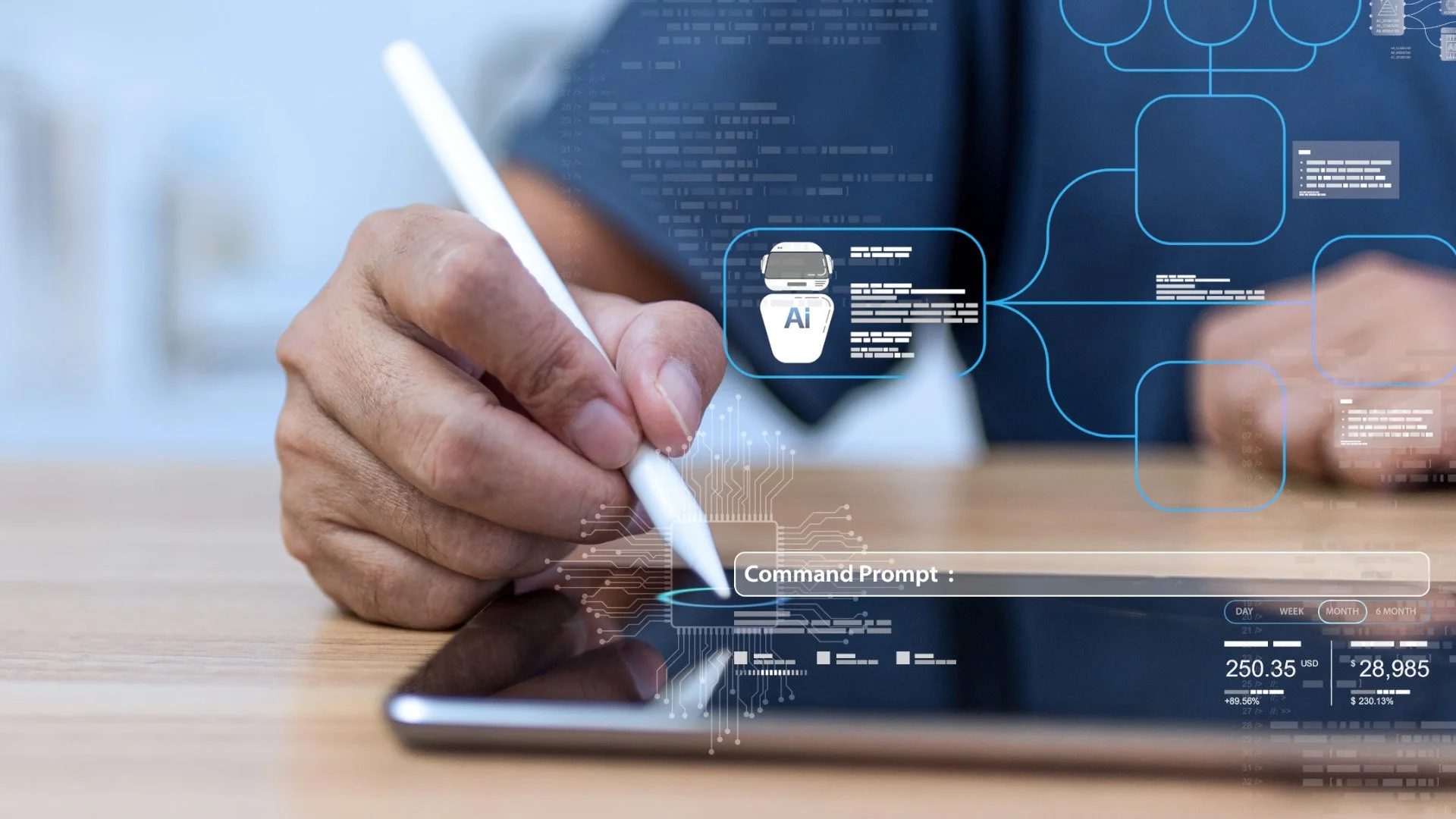From Generative to Agentic: The AI Shift That’s Changing Everything
For the past few years, everyone’s been talking about generative AI – tools that create. They write, design, code, compose, and imagine. They’ve helped marketers spin up copy in seconds, architects visualize buildings before they’re built, and beverage brands dream up packaging that pops off the shelf.
But the next evolution, agentic AI, isn’t about creating more stuff. It’s about getting stuff done.
Generative AI: The Creative Intern
Generative AI is the digital brainstormer. It gives you a hundred options, drafts, designs, or concepts. It’s what powers tools like ChatGPT, Midjourney, and Runway. It’s fast, creative, and sometimes chaotic, just like a great intern who needs a bit of direction.
In food & beverage, that means generating recipe ideas, ad copy, or packaging concepts.
In real estate, it can churn out neighborhood descriptions, renderings, or social campaigns.
In tech, it can prototype user flows or write early-stage code.
Generative AI helps you imagine the possible.
Agentic AI: The Autonomous Operator
Agentic AI, on the other hand, doesn’t stop at creation—it acts. It can take goals, plan a series of steps, execute them across systems, and learn from the results. Think of it as your digital operations manager.
It’s the difference between an assistant who writes the press release, and one who writes it, schedules distribution, tracks engagement, and refines the next one automatically.
For example:
In food & beverage, agentic systems could manage your DTC campaigns, adjusting creative and spend daily based on conversions.
In real estate, an AI agent could monitor leads across CRM, update listings, send follow-ups, and report analytics without human intervention.
In tech, an agent might monitor your infrastructure, auto-deploy fixes, and handle client support tickets while you sleep.
Agentic AI helps you orchestrate the possible.
Why This Matters
The shift from generative to agentic is the same leap we once made from computers that calculate to ones that connect. It’s moving from output to outcome.
Generative AI saves time. Agentic AI saves energy – mental, creative, and operational. It frees humans from the grind of management so we can focus on insight, strategy, and creation that actually moves the needle.
What’s Next
At Merrick, we see this evolution hitting every industry differently:
For brands, it’s the end of “always be posting” and the rise of “always be optimizing.”
For developers, it’s smarter marketing ecosystems that adapt to the market in real time.
For tech teams, it’s the beginning of fully autonomous workflows that don’t just analyze data, they act on it.
The Synergy Layer
This is where Merrick Synergy comes in—a Merrick Creative company built for the next era of intelligent systems. Synergy connects real-time event streams with AI agents capable of retrieving knowledge, reasoning with context, and taking actions that matter. It’s not about flashy automation or templated chatbots. It’s about building living systems that learn, decide, and deliver across marketing, operations, and customer experience.
If generative AI is the spark, agentic AI is the current. Merrick Synergy is the circuit that makes them work together.
Discover what happens when creativity meets autonomy.
Let’s build your first Agentic system →

